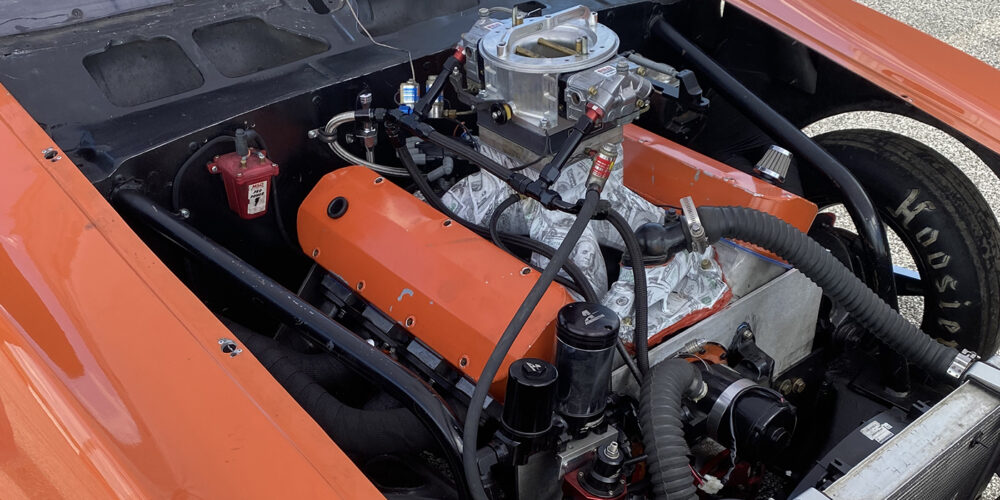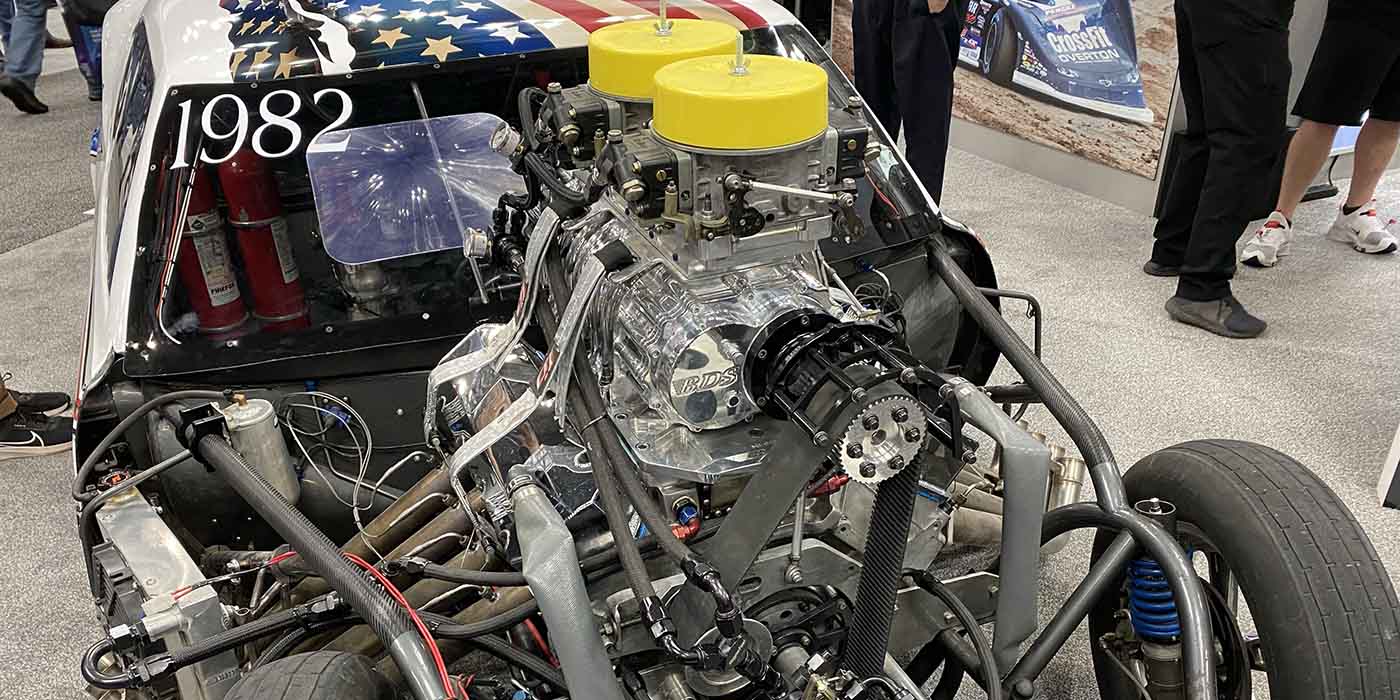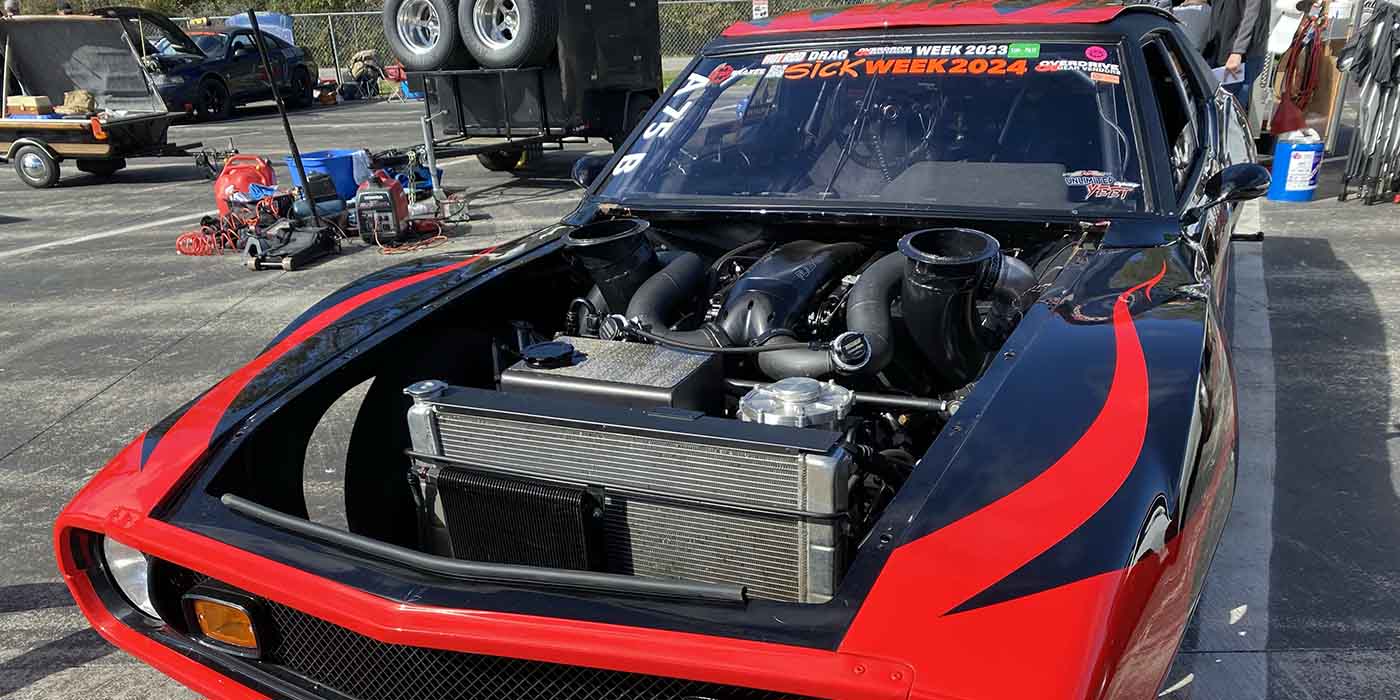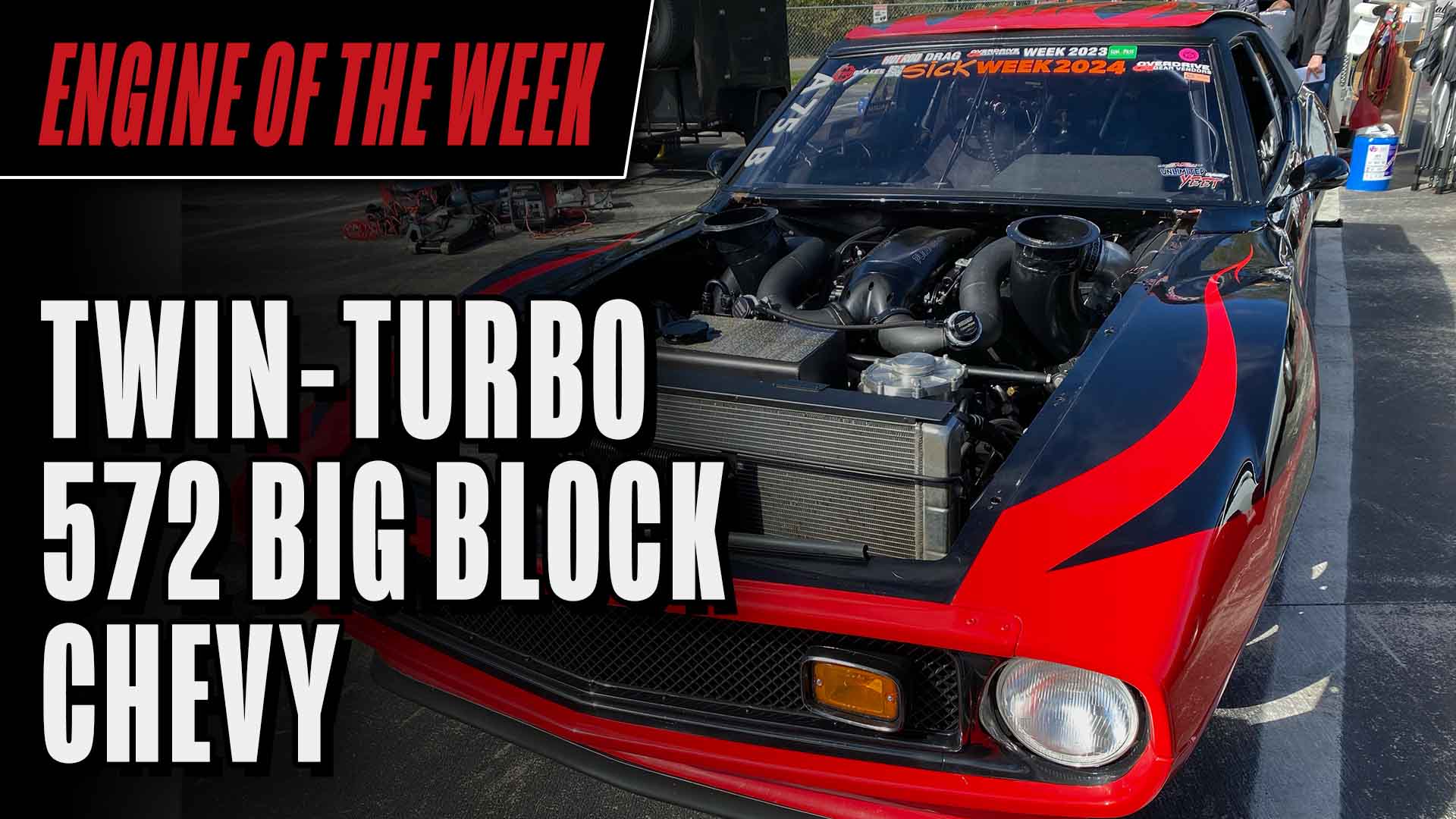Chevrolet’s big block engine doesn’t need an introduction, especially for this crowd. It’s a certified staple of street cars, trucks, race cars, and all sorts of performance vehicles. But, we wouldn’t be doing our due diligence if we didn’t provide a proper overview. Chevy’s big block engine is a series of large-displacement, naturally aspirated, 90-degree, overhead valve, gas-powered, V8 engines that were developed and produced starting in the late-1950s.
Today, Chevy’s big block engine has had the luxury of more than 50 years of technology pumped into the various generations of the engine, making the big block a mainstay for engine builders looking to build high-performance horsepower. In this article we’re going to shine the spotlight on the Gen VI Chevy big block, otherwise known as the Vortec 7400 (L29 and L21) engine, and how you can go from the stock engine to something making even higher horsepower. While the small block Chevy has been overshadowed now by the LS family, the big block Chevy is still one of the best approaches for building a big cubic inch engine for the street or the track.
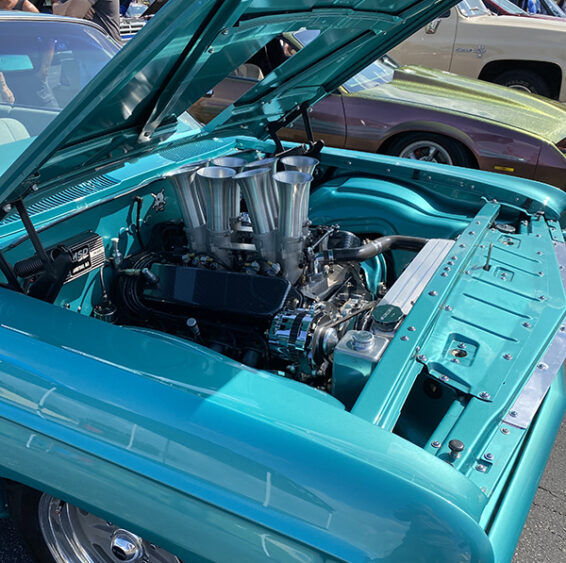
History
The big block, which debuted in 1958 at 348 cid (5.7 L), was built in standard displacements up to 494 cid (8.1 L), with aftermarket engines exceeding 500 cid (8.2 L). Chevy’s Gen VI, Vortec 7400 L29 7.4 L (454 cid) V8 was a truck version of the engine. Introduced in 1996, it was produced for five years, until replaced by the Vortec 8100.
The Vortec 7400 was basically a 454 big block with a hydraulic roller camshaft and lifters, as well as parts more suitable for use in light-duty trucks and more advanced technology than its predecessors. The engine had MPFI (multi-port fuel injection), which gave slightly more power and better fuel economy, two valves per cylinder and a PCM. The engine had a bore and stroke of 4.250” x 4.000”, producing 290 horsepower at 4,000 rpm and 410 lb.-ft. of torque at 3,200 rpm from the factory.
L29 applications included the 1996–2000 Chevrolet/GMC 2500 and 3500 trucks, the 1996–1999 Chevrolet/GMC Suburban 2500, and the 1996–2000 Chevrolet Express 3/4 or 1-ton vehicles.
A couple years later, but still a Gen VI engine, the L21 entered the fold. It was a commercial version of the engine used in the medium-duty truck platform. Its design shared much with the L29 454, but came with the addition of forged pistons, a forged crankshaft and coil near plug ignition. It had slightly reduced power compared to the L29 454 and used a different PCM. The L21 was paired with the early 4-speed Allison automatic transmission or manual transmission, depending on the application.
The L21 showed up in the 1998–2001 Chevrolet Kodiak, GMC TopKick and the Isuzu H-Series 4500 and 5500, as well as the 1998-2001 P12 Motorhome chassis. You can spot these Gen VI blocks by their six-bolt aluminum front covers, compared to the Mark IV and Gen V’s 10-bolt front cover. Like the Gen V, all Gen VI engines feature four-bolt mains.
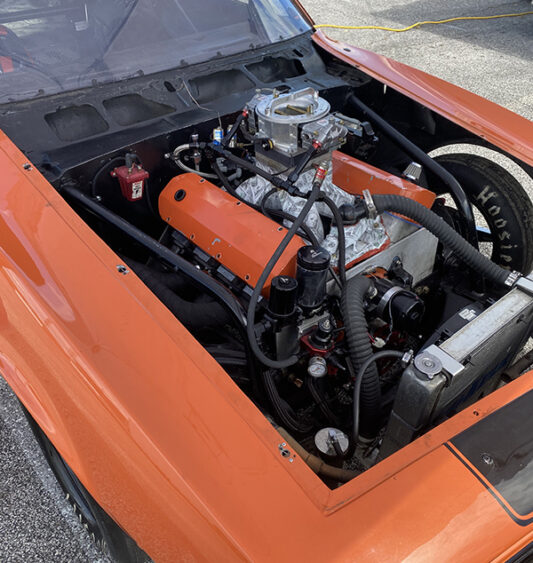
One of the coolest aspects of the production engine lineage of this highly-successful engine family is the ability to exchange components between displacements that are often separated by five decades of casting dates. With only a few exceptions, interchanging parts and the huge tonnage of aftermarket parts availability makes the big block a true survivor.
Inside the Gen VI BBC
The one consistent factor throughout the entire evolution of the big block Chevy has been its bore spacing. All big blocks utilize the same 4.840” of distance between the cylinder centerlines. This dimension has remained fixed until you get into custom 5.00” bore spacing blocks from aftermarket companies that are most often constructed as pure competition engines. The factory bore spacing is wide enough to easily accommodate 4.50” and even 4.60” bores that still create sufficient room between the cylinders for adequate head gasket sealing and engine cooling.
From a production standpoint, GM only built iron blocks. The original Mark IV blocks used the traditional two-piece rear main seal technique until the Gen V engines moved to the one-piece rear seal configuration. This is one of several big changes for these blocks with the Gen VI versions. Gen VI blocks all have four-bolt mains, priority main oiling and leak resistant one-piece rear main seals. The cylinder cases have revised cylinders in either Siamese or open configuration and they provide thicker cylinder wall and deck surfaces for greater stability. Gen VI blocks also accept all common big block cylinder heads and they incorporate a fully machined fuel pump pad and provisions for either hydraulic or flat tappet lifters.
Due to the Gen VI’s hydraulic roller lifters, that also meant taller cast-in lifter bores to accommodate the increased height of the roller lifters. The lifter valley also incorporated a few minor additions of dogbones and a sheet metal “spider” to retain the lifters. The good news is these later blocks maintained the original block deck height, bellhousing and motor mount bolt patterns, so swapping between older and newer generation blocks is relatively simple.
Factory crankshafts were offered in both cast and forged versions, although cast versions are clearly the most common. The L29 version Gen VI used a cast crank, while the L21 version sports a forged crank and connecting rods.
When it comes to cylinder heads, Chevy engines in general have numerous production head variations available, and that’s no different for the big block engine. While combustion chamber size and configuration is important, most people tend to focus on intake port configuration. Chevy offered two variations – oval and rectangle. Oval port heads were aimed at base engine packages while the rectangle port heads were reserved for the performance engines. The Gen VI big blocks were fitted with oval port heads, and are slightly larger than the “peanut ports” seen on the Gen V big block.
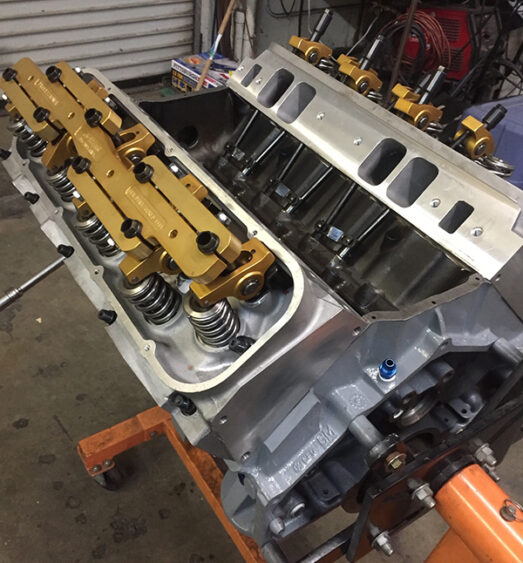
While the heads are a target for an upgrade, the Gen VI engine’s hydraulic roller lifter camshaft is a step up from the flat tappet versions seen prior to the Gen V. This was mainly aimed at reducing engine friction that promised better fuel mileage. At first, the hydraulic roller was scoffed at, but today’s high-quality lifters can now deliver on serious 700 to 800 horsepower packages using an improved version of these original hydraulic rollers.
This move not only changed the style of the lifter, but also how the cam was retained. Gen VI engines use hydraulic roller lifters employing “dog bones” that slip over the lifters to prevent them from spinning in their respective bores. Each of the eight dog bones is held in place by a steel “spider” bolted to the lifter valley floor with four bolts.
The use of hydraulic rollers also made a change to the rocker arm assembly. From the earliest days, big blocks were fitted with individual stud-mounted rockers that required adjusting the installation preload. The factory hydraulic roller lifters also converted to what is called a net lash system where a rocker arm bolt tightens the stamped steel rocker in a set position. This design uses pushrod length to set the proper lifter preload. There are kits available to convert these heads over to adjustable roller rockers.
Sitting atop the oval-port cylinder heads is a matching intake manifold. Production big block intakes are, for the most part, uninspired, but the aftermarket has you covered for either oval or rectangle port engines in both dual plane and single plane versions.
Performance Upgrades
When it comes to production Gen VI big block Chevy engines, there are plentiful opportunities to build a big cubic inch motor that, even naturally aspirated, has the grunt to make impressive horsepower. If you choose to upgrade some key components, that’s what can really make these engines shine.
Many custom engine builders, as well as a large variety of aftermarket components manufactured for the big block family, make it possible to build a complete Gen VI big block engine that contains no Chevy components at all. Blocks made of both iron and aluminum are available in stock or modified configurations, as well as with increased deck height to allow for a longer stroke or more favorable rod length ratios, depending on intent, providing the ability to make engines with increased cubic inch.
That said, the Gen VI big block engine has a number of good stock components that most people would be more than happy to make horsepower with. However, there are several areas where component upgrades will go a long way toward building a better, higher-horsepower engine.
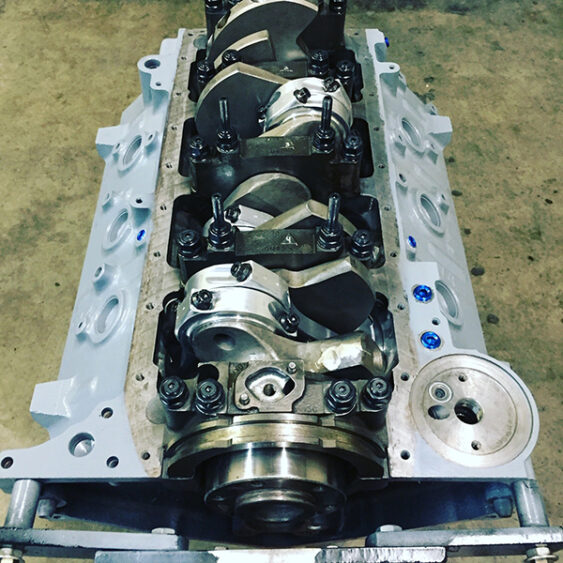
Some of the top reasons to build an engine utilizing a Gen VI block are the standard 4-bolt mains, priority main oiling, one-piece rear main seal, thicker deck surfaces and thicker cylinder walls, revised coolant passages, acceptance of most cylinder heads, a machined fuel pump pad, revised oiling to allow for bigger cam bearings/cam lift, and a set up for either a roller or flat tappet camshaft.
Let’s start right there with the camshaft. The sheer displacement of a big block means you have plenty of potential – you just have to unlock all that power. In stock trim, the low-compression and mild cam timing keeps the 454 from achieving its true potential.
Cam replacement requires the removal of the factory damper and composite front cover. Note the Gen VI features a unique front cover design not shared with the previous generations. The right cam makes all the difference in the world, especially when you team it with the proper valve spring upgrade.
Despite the low static compression, care must be taken when replacing the cam on a stock L29 454. The lack of valve reliefs in the pistons minimizes available piston-to-valve clearance. There is a very real limit to how much lift you can run. Replacing the stock valvetrain components will result in some serious power gains and improved power through the entire rev range.
Another consideration is the fact that swapping in a high-lift cam will also require a valve spring upgrade. Better performance beehive springs are a great upgrade for the stock valve springs, and don’t forget the steel retainers.
If you opt to replace the cam and springs, it might also be a good idea to upgrade the lifters as well, but depending on your application, the stock lifters will work just fine. The Gen VI also relies on factory non-adjustable, bolt-down, stamped-steel rockers and 5/16” guide plates and pushrods. You’ll likely upgrade the non-adjustable rockers and pushrods if you’re looking for higher horsepower.
With sufficient cam and displacement, what your big block engine will need is a set of deep-breathing cylinder heads. The Gen VI 454 big block cylinder head features a 102cc combustion chamber and an oval port. If you want to maximize valvetrain upgrades and make more horsepower, the cylinder heads can definitely be improved upon, and larger valves can be also go a long way toward performance.
Most performance seekers will opt for any number of aftermarket aluminum heads. There are various chamber, valve, intake runner, and valve spring options that will fit nearly any application. In terms of interchangeability, the biggest concern is chamber compatibility with the pistons and ensuring the compression ratio meets your needs.
One thing to keep in mind is that closed chamber heads cannot be used on an engine with domed, open chamber pistons because the dome will physically hit the head. This isn’t a concern with flat top or dished pistons, but is a hard and fast rule with domed pistons. Conversely, a domed closed-chamber piston engine can accept open chamber heads without interference. The difference in chamber size can push the compression in an unintended direction if not matched properly, so that’s an area to keep in mind.
As for the rotating assembly, the Gen VI has a fairly stout crank and rods, especially if you have the forged components of the L21 version. But, like everything else, enough horsepower can dictate going to other aftermarket options.
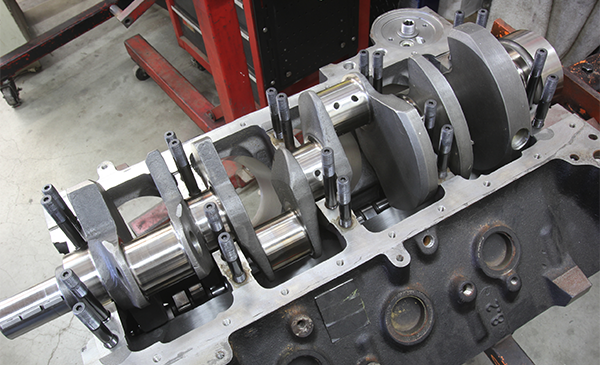
In mild performance applications, stock rods do a fine job. But, where engine speeds exceed 6,500 rpm, an aftermarket 4340 forged steel I- or H-beam rod is a worthy investment. Rods don’t make horsepower, but a failed rod can cause catastrophic damage and is hardly worth the risk. By the time a stock rod is magnaflux tested for cracks, shot-peened, new ARP rod bolts fitted, and resized – that investment isn’t far from the cost of much stronger aftermarket rods.
Additional upgrades might include moving away from the factory distributor for one from MSD or another aftermarket option, and going with a better intake manifold, especially if you opted to change the cylinder heads.
Of course, like just about any engine, more horsepower can be gained by going to power adders. Going with a certain amount of boost from a supercharger, nitrous, a turbo, or potentially a twin-turbo set up, means much of the stock components will need to be upgraded to avoid serious issues.
As it sits, the Gen VI big block is poised for solid horsepower potential, and with a few tweaks, it can be a serious powerplant for the street. Add some boost and better components throughout, and you have a track monster waiting to be unleashed. EB

